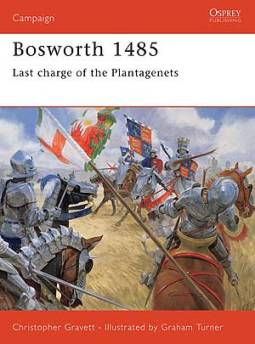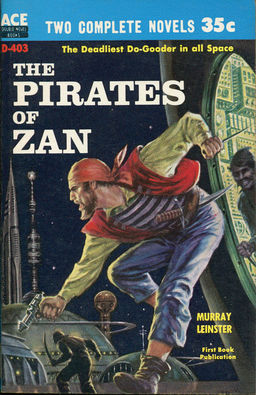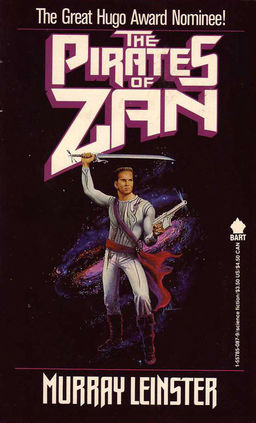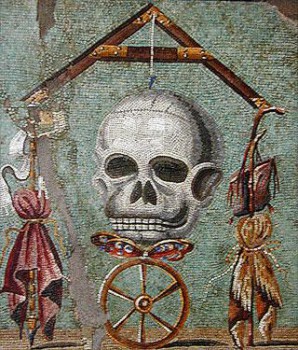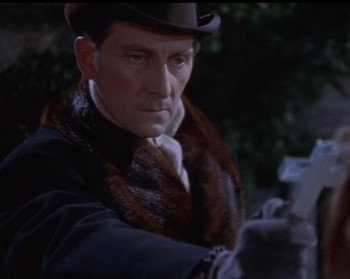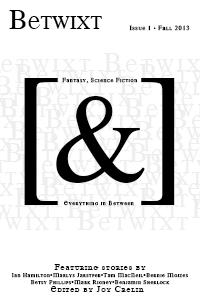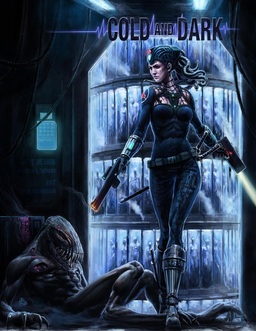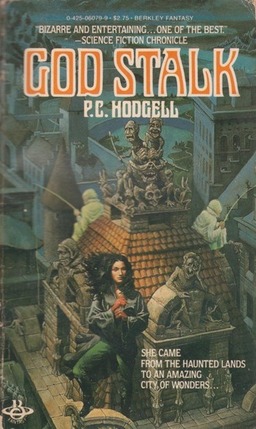 Out of the haunted north comes Jame the Kencyr to Rathilien’s greatest city, Tai-Tastigon. From the hills above, the city appears strangely dark and silent. She arrives at its gates with large gaps in her memory and cat claws instead of fingernails. She’s carrying a pack full of strange artifacts, including a ring still on its owner’s finger… and she’s been bitten by a zombie. Wary, but in desperate need of a place to heal, Jame enters the city. So begins God Stalk, the first book in P.C. Hodgell’s Kencyrath series and one of my absolute, bar none, don’t-bother-me-if-you-see-me-reading-it, favorite fantasy novels.
Out of the haunted north comes Jame the Kencyr to Rathilien’s greatest city, Tai-Tastigon. From the hills above, the city appears strangely dark and silent. She arrives at its gates with large gaps in her memory and cat claws instead of fingernails. She’s carrying a pack full of strange artifacts, including a ring still on its owner’s finger… and she’s been bitten by a zombie. Wary, but in desperate need of a place to heal, Jame enters the city. So begins God Stalk, the first book in P.C. Hodgell’s Kencyrath series and one of my absolute, bar none, don’t-bother-me-if-you-see-me-reading-it, favorite fantasy novels.
When this book first came out in paperback in 1983, my friend Carl bought it at the original NYC Forbidden Planet on 13th Street. Raving about it, he tossed it to me. Then I passed it to someone else. By the time it finished its circuit through the rest of my friends and back to its original owner, its cover was bent, stained, and more than a little torn. I’ve gone through several copies myself over the years, having lost or upgraded it multiple times. When I reread it this past week, I was excited that I enjoyed it as much as, if not more than, I had in the past. I’m so grateful Carl gave me this book thirty years ago. P.C. Hodgell seems so far below the general fantasy radar, I don’t know if I would have ever heard of her at all, which is pretty darn shameful.
The Kencyr are a group of three races sworn to the service of the Three-Faced God and bound together by him to fight Perimal Darkness, a warping force of chaos and evil sweeping over the planes of existence. The rulers of the Kencyr are the human-looking High Born, of which Jame is one. The warriors and artisans are the Kendar, still human-looking but larger and longer-lived. Finally, there are the giant catlike Arrin-Ken, the judges.
As Jame remembers bits and pieces of her missing life, an eons-old struggle against the Darkness is revealed to the reader. The Kencyr fled to Rathilien three thousand years ago after betrayal at the highest level almost led to their extinction. Jame may have an important place in the war and among her people, though every answer leads to another question, some not answered until much later in the series.
The history of the Kencyr and their endless war are really only the background for God Stalk. This novel centers on Jame’s adventures during a year in Tai-Tastigon. From the night of her arrival during the Feast of the Dead Gods, her residency in the great city is one of constant action and intrigue. She has entanglements with bandits, thieves, innkeepers, and deities. It’s a dangerous place, but also enticing.
…
Read More Read More
